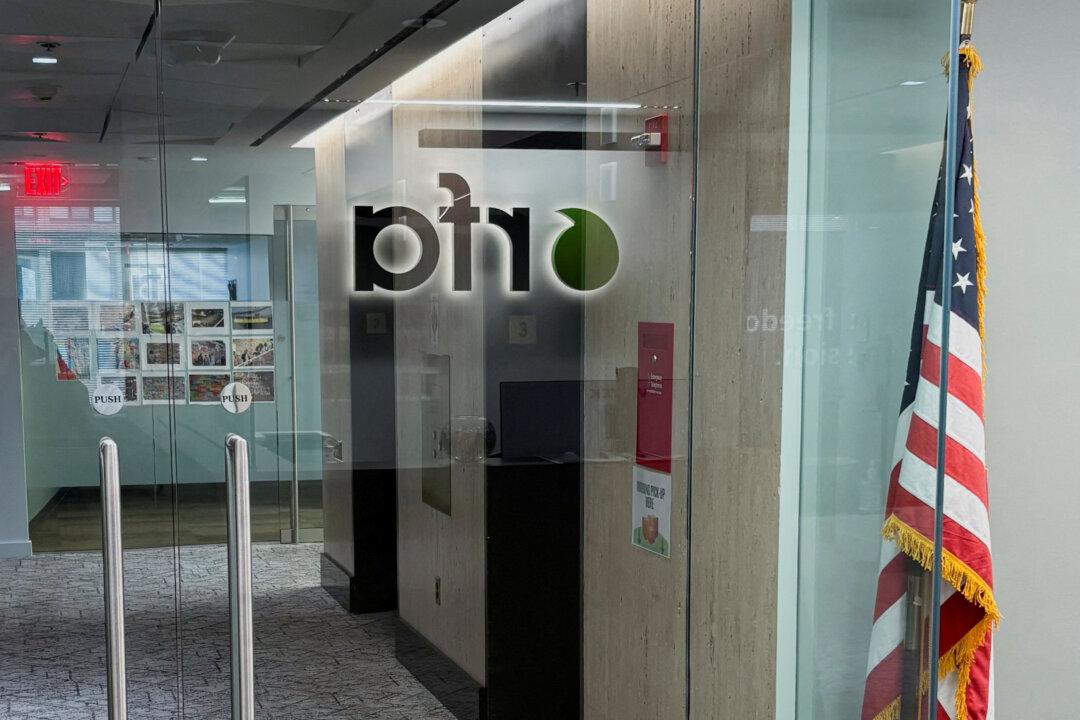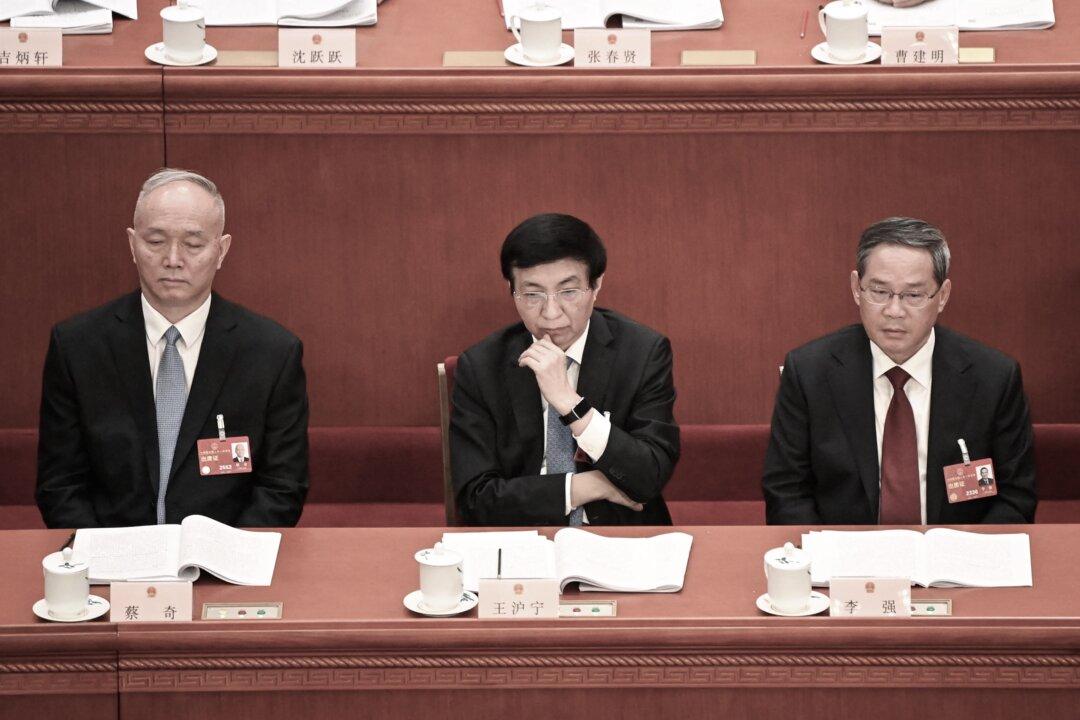Chinese Premier Li Keqiang said at a Jan. 15 business and economics forum that China’s economy faces increasing downward pressure. According to some overseas analysts, China’s economic growth rate could drop to 2 percent in 2019.
The premier’s comments come one week after he warned that China’s authorities should get ready for a “frugal life” when speaking at an executive meeting of the State Council to discuss a tax cut for small businesses on Jan. 9. “Government revenue will shrink, and general expenditures must be curtailed. We need to get prepared for the ‘frugal life’ ahead,” Li said at the meeting.
Cheng Xiaonong, a U.S.-based Chinese economist, told Radio Free Asia that Chinese leaders are well aware that China’s economic growth rate is very low, despite being unwilling to admit this publicly.
Cheng said, “The Chinese government has two versions of economic growth data, one is a public version, which we still claimed to be 6 percent.”
However, he noted that Xiang Songzuo, an economist at the Agricultural Bank of China, revealed at an internal conference that according to information released at a top-level meeting, China’s economic growth rate in 2018 was between one and two percent. In another internal meeting, the growth rate in 2018 was said to be negative in 2018.
Is Consumption the Solution?
The Hong Kong-based South China Morning Post published an editorial by economist David Brown on Jan. 14, in which he said that “negative forces are building and China could hit a brick wall very soon with economic expansion collapsing, sinking to as low as 2 percent in the worst-case scenario.”At the Jan. 15 forum, Li Keqiang said that it will become necessary to put more effort on targeted, well-timed, and precise regulation, and slash taxes to strengthen the basis for sustained growth. He also called for a more “energized” market with greater domestic consumption as the key to solving the downturn.
But data cited by Brown is discouraging. “Weak car sales, lackluster property prices, listless consumer confidence, sagging money supply growth and acute stock market pain say it all,” he said.
Recently, some local governments have been trying to increase business hours, or give employees more off-hours to stimulate consumption.
For example, the authorities in Hebei Province, northern China, recently proposed to turn Friday afternoons into a part of a paid weekend, so that working professionals can have more time for shopping and spending. The proposal was floated in a report for development plans in 2019–2020.
Beijing, on the other hand, is encouraging longer business hours at shopping malls, supermarkets, and convenience stores in major shopping areas, and advocates the 24-hour operation of convenience stores to promote the so-called “nighttime economy.”
But whether these measures can increase Chinese consumption significantly is up for debate.
“Retail sales increased by 4 percent from January to November last year, while the actual consumption growth was only 2 percent. So the economic situation is quite bad, and this situation will last for a while,” said Cheng Xiaonong.
Liu Dongliang, a senior analyst in the China Merchants Bank’s asset management department, said that the root cause of depressed consumption is slowing growth of disposable income. In combination with a significant rise in the unemployment rate, it’s getting more difficult to stimulate consumption down the road.





